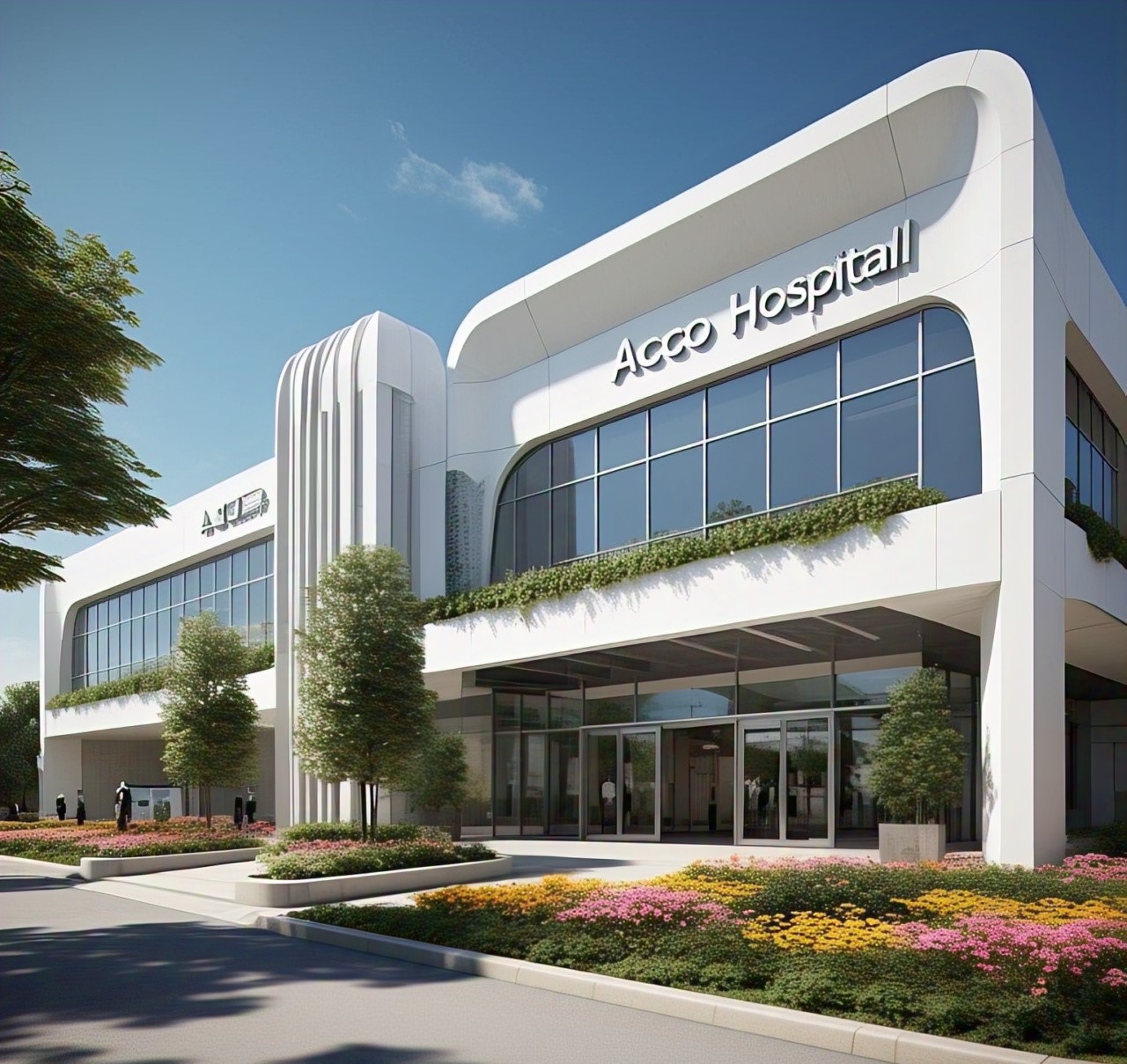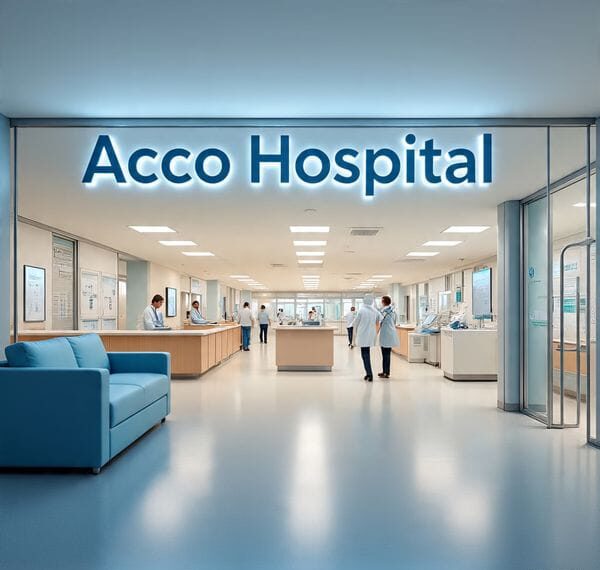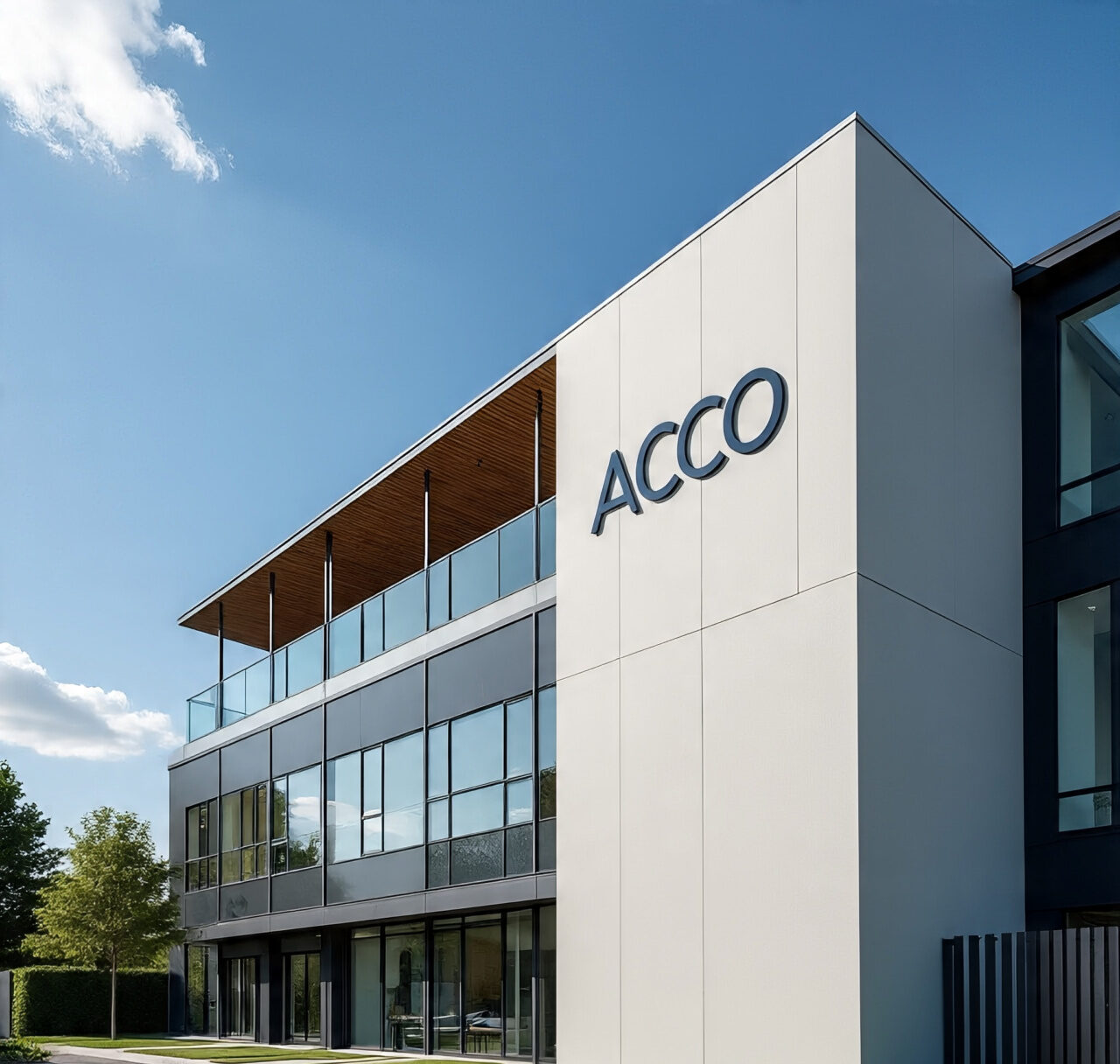
HOSPITAL DESIGN HUB How to Achieve Functional Hospital Design in Pakistan: A Guide
Achieving functional hospital design in Pakistan involves addressing several key aspects to ensure that the facility meets the needs of patients, staff, and visitors while maintaining operational efficiency. Here’s a guide to achieving a functional hospital design:
1. Understanding and Defining Requirements
Needs Assessment:
- Healthcare Services: Identify the range of services the hospital will offer (e.g., emergency care, surgery, maternity, outpatient services).
- Patient Demographics: Consider the target population’s specific needs, including accessibility for different age groups and individuals with disabilities.
Regulatory Standards:
- Compliance: Ensure adherence to local and national regulations, including guidelines from the Pakistan Medical and Dental Council (PMDC) and the Pakistan Engineering Council (PEC).
2. Design Principles
Functional Layout:
- Zoning: Separate different hospital zones (e.g., emergency, inpatient, outpatient) to streamline operations and patient flow.
- Accessibility: Design for easy navigation with clear signage and accessible pathways.
- Workflow Efficiency: Arrange departments and services to support efficient workflow and minimize travel time for staff and patients.
Patient-Centered Design:
- Private and Semi-Private Rooms: Offer options for privacy and comfort while considering cost implications.
- Natural Light and Views: Maximize natural light and provide views of outdoor spaces to enhance patient well-being.
- Quiet Zones: Designate quiet areas to reduce noise and promote a calming environment.
3. Infection Control and Safety
Hygiene and Infection Control:
- Materials: Use non-porous, antimicrobial, and easy-to-clean materials.
- Ventilation: Incorporate advanced HVAC systems to ensure proper air filtration and prevent the spread of airborne diseases.
- Isolation Facilities: Design isolation rooms with negative pressure systems to manage infectious patients effectively.
Safety Measures:
- Emergency Access: Ensure clear and unobstructed access for emergency services.
- Security: Implement security measures, including surveillance systems and controlled access areas, to ensure safety for patients and staff.
4. Sustainability and Efficiency
Energy Efficiency:
- Lighting and HVAC Systems: Use energy-efficient lighting and HVAC systems to reduce operational costs.
- Renewable Energy: Consider incorporating renewable energy sources, such as solar panels, where feasible.
Water Conservation:
- Fixtures: Install water-saving fixtures and systems.
- Rainwater Harvesting: Explore options for rainwater harvesting and reuse.
5. Technology Integration
Medical Equipment Layout:
- Spatial Planning: Plan spaces to accommodate advanced medical equipment and ensure easy access for staff.
- IT Infrastructure: Design robust IT infrastructure to support electronic health records (EHR), telemedicine, and other technological solutions.
Building Management Systems:
- Smart Systems: Implement smart building systems for lighting, climate control, and security.
- Automation: Use automation for tasks such as lighting control and energy management.
6. Construction and Project Management
Contractor Selection:
- Experience: Choose contractors with experience in hospital construction.
- Bidding Process: Conduct a thorough bidding process to ensure competitive pricing and quality.
Quality Control:
- Inspections: Perform regular inspections during construction to ensure adherence to design specifications and quality standards.
- Safety Protocols: Implement safety protocols to protect construction workers and site visitors.
7. Post-Construction and Operational Readiness
Testing and Certification:
- Systems Testing: Conduct comprehensive testing of all systems (e.g., HVAC, electrical) to ensure proper operation.
- Certification: Obtain necessary certifications and approvals from relevant authorities.
Staff Training:
- Equipment Training: Provide training for staff on new equipment and systems.
- Orientation: Conduct orientation sessions to familiarize staff with the new facility and its layout.
8. Maintenance and Future Planning
Maintenance Plan:
- Scheduled Maintenance: Develop a maintenance schedule to keep the facility in optimal condition.
- Repairs and Upgrades: Plan for regular repairs and future upgrades to address evolving needs and technologies.
Community Engagement:
- Feedback Collection: Establish mechanisms to collect feedback from patients and staff to inform future improvements.
- Outreach Programs: Engage with the community to understand their needs and preferences.
Conclusion
Achieving functional hospital design in Pakistan requires a comprehensive approach that addresses the needs of all stakeholders while adhering to regulatory standards and promoting efficiency. By focusing on a well-thought-out layout, infection control, sustainability, and technology integration, you can create a hospital that supports excellent patient care and operational effectiveness.
Comments
0 Likes




